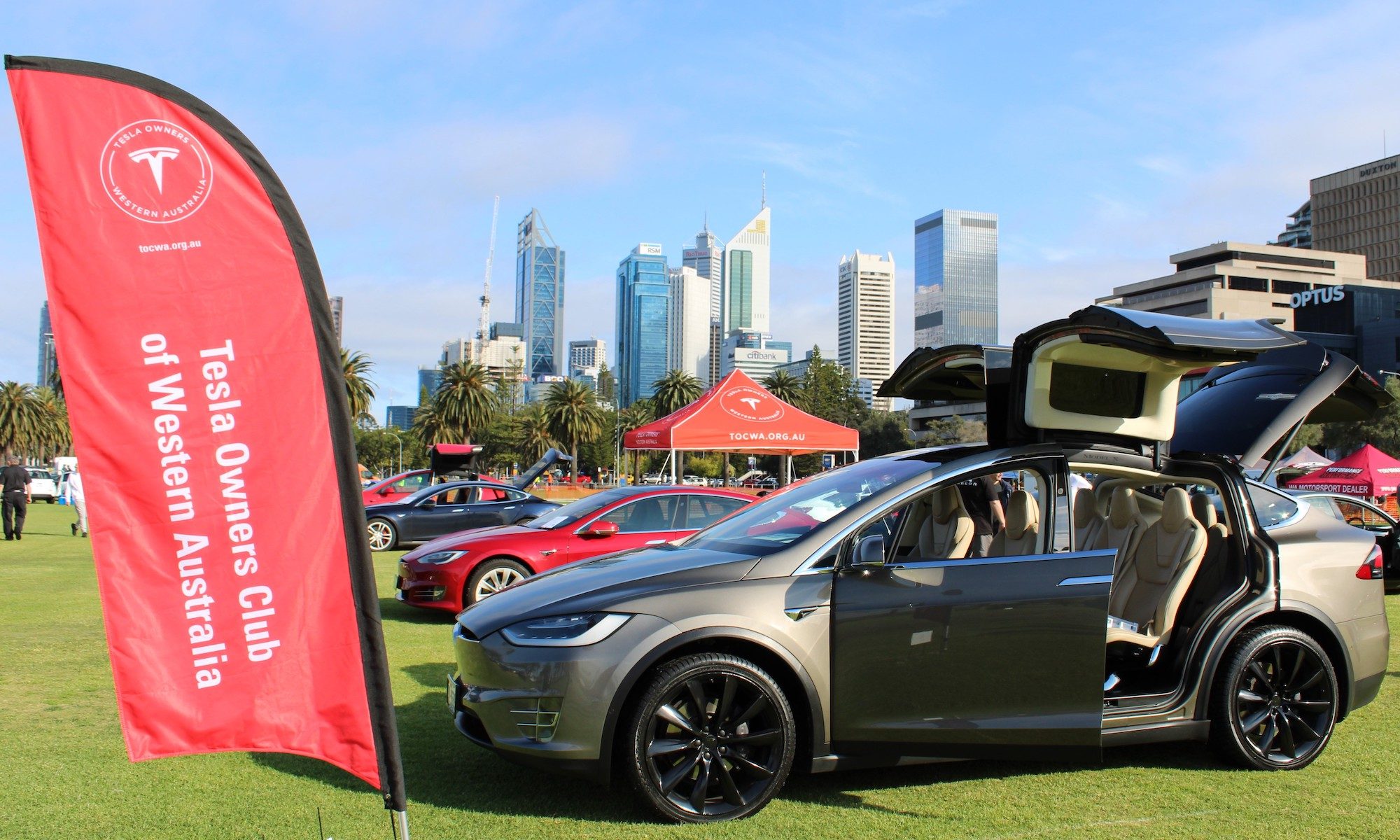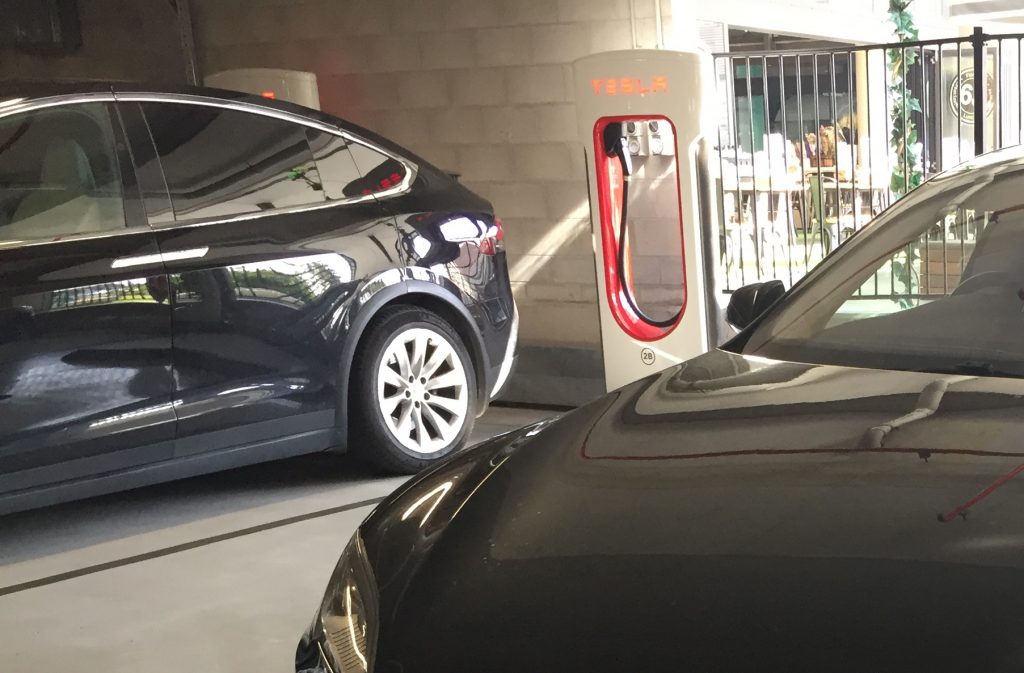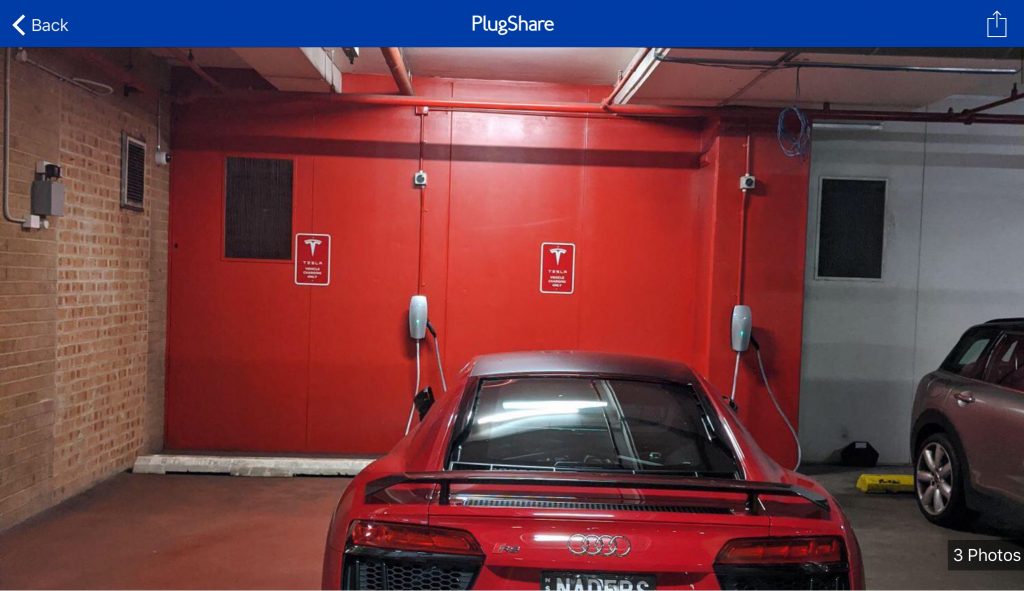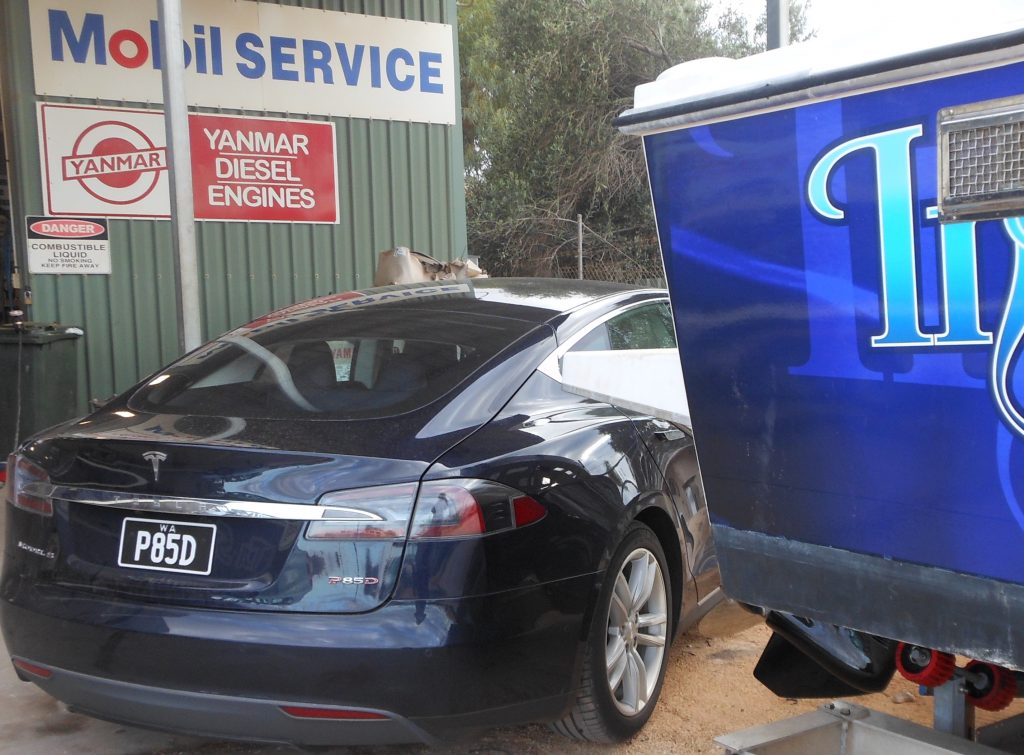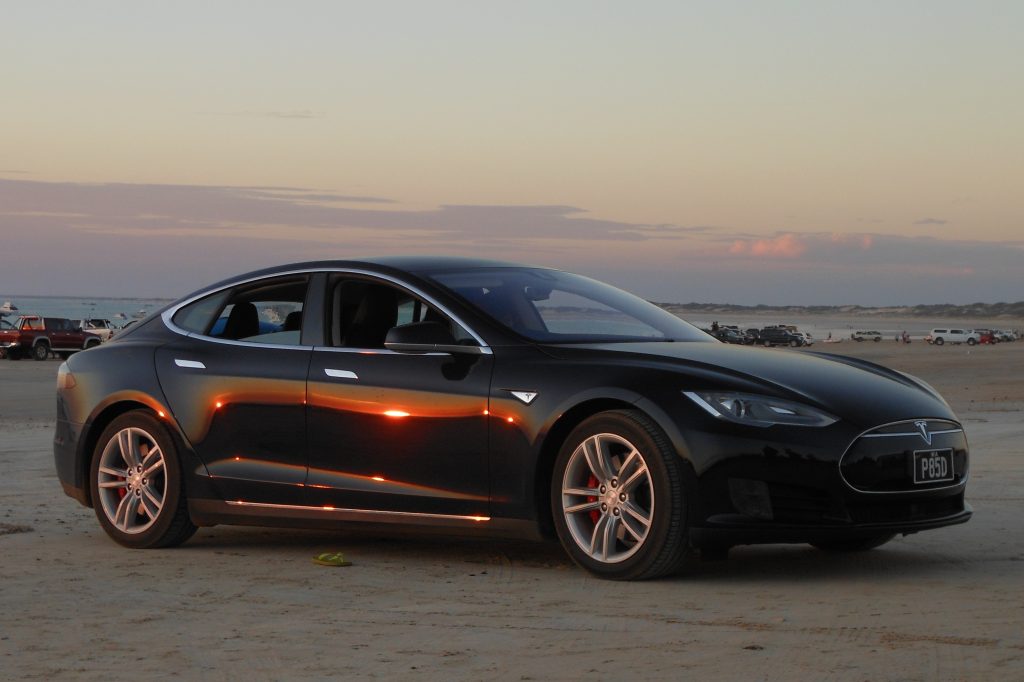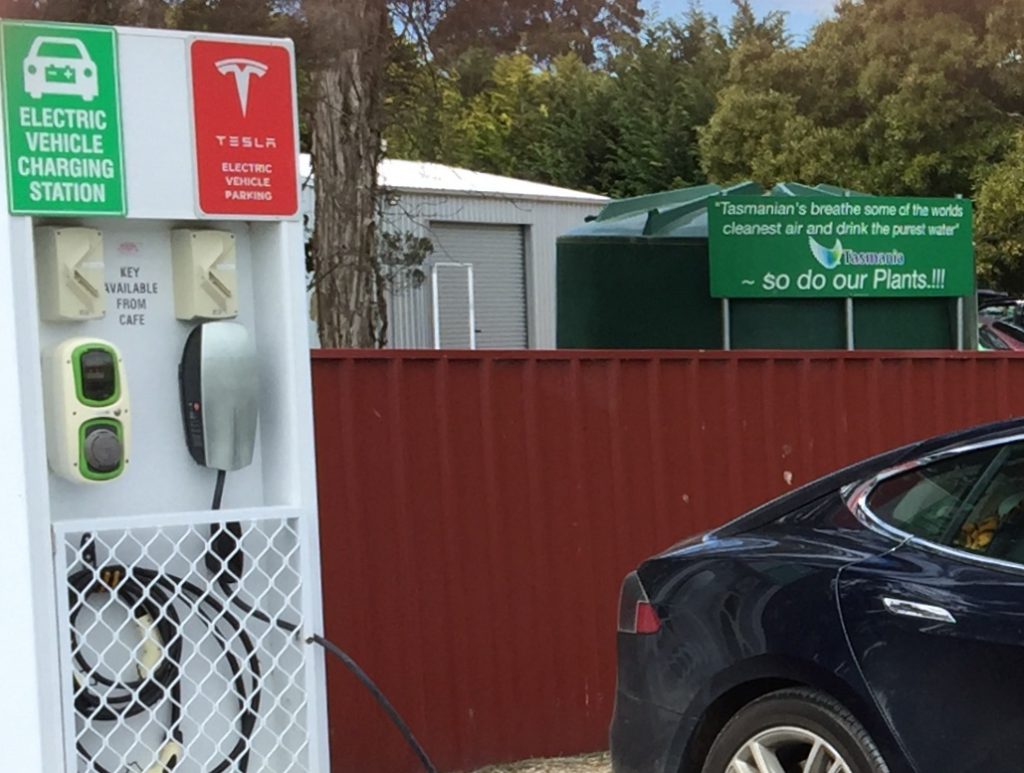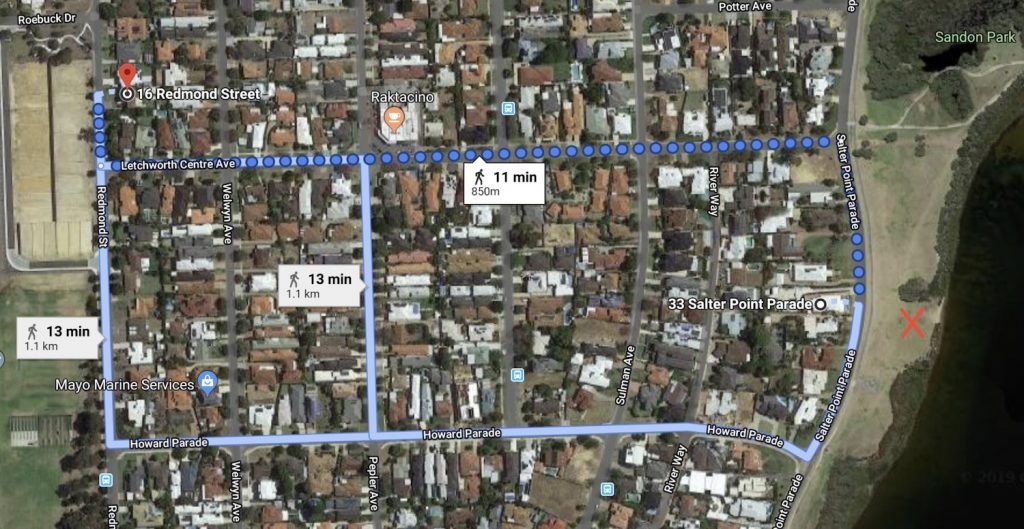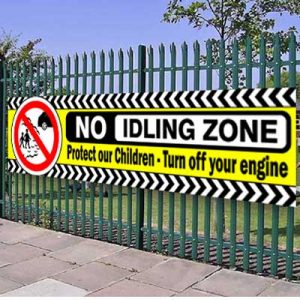If you’ve recently purchased an Electric vehicle in WA it’s probably now apparent that charging from home is a breeze, it’s also a good feeling when you’re offsetting with solar power. If you’re a bit more adventurous and have taken longer trips outside the metro area it’s also now apparent that fast DC charging is lacking in Western Australia compared to other parts of the country, in 2015 WA led the way with 11 of Australia’s 16 DC chargers, we now have 20 compared to the hundreds being rolled out across the eastern states, to make matters worse the original 11 chargers in WA are rapidly in need of some upgrading to suit the modern electric car.
The WA branch of the Australian Electric Vehicle Association (AEVA) have been lobbying on behalf of owners for many years, in recent times the Tesla Owners Club of Western Australia (TOCWA) have added their voice attempting to encourage more DC fast chargers to be installed throughout WA. But let’s be clear it’s not the cheer squad that gets the team over the line in an AFL Grand Final, it’s the whole crowd, every single one of those that are passionate for their team to win. To get DC charging rolled out across Western Australia in a timely manner we need as many electric vehicle owners as possible to show their passion for the cause, we can wait and hope or we make an effort both individually and collectively.
So what can you do?
*Load up on EV ammunition.
Or to be more precise up to date information, The UWA report, the iThink results and the Tesla impact report are useful documents to have on hand.
*Email your local state MP, keep it short and polite, remember that you are dealing with a public servant that considers cost before all else, don’t tell them it’s good for you but have no hesitation in telling them it’s good for the state and its finances over the long term. Mention tourism, discuss the need to reduce imported oil, highlight the benefits of EVs soaking up excess daytime solar power. If you’re wise to the subject remind the MP of the EV battery resources available in Australia and the opportunities it can bring. Avoid discussing the environment, I know it’s a critical subject but an MP is already very aware and will not be changing course, it’s no use flogging a dead Horse.
*Arrange to take your local MP for a drive, very likely he/she has seen or heard of an EV but have never driven one, without doubt they are pleasantly surprised, 4 years ago I took my reluctant local MP for a spin, the following week he mentioned the experience in Parliament. If you have a FSD Tesla save that for last, the roll out of DC chargers and vehicle autonomy are completely different subjects.
*Get a Twitter account.
State MPs have Twitter accounts to brag about their productivity, especially Ministers, when they mention a new road, building, carpark or other publicly funded infrastructure is being built politely suggest a DC fast charger would be a great addition, you may not get a reply but remember the comments are seen by the both the MPs advisors and the opposition, don’t underestimate its reach. The best twitter accounts to follow are the Premier, the Energy Minister, the Tourism Minister and the Transport Minister (and don’t forget your local MP).
*Display your EV whenever possible
Council sustainability events and Festivals are a great way to get the message across, it’s amazing how many politicians show up to make a presentation, when they walk past your car make sure you get their full attention and their photograph with your car.
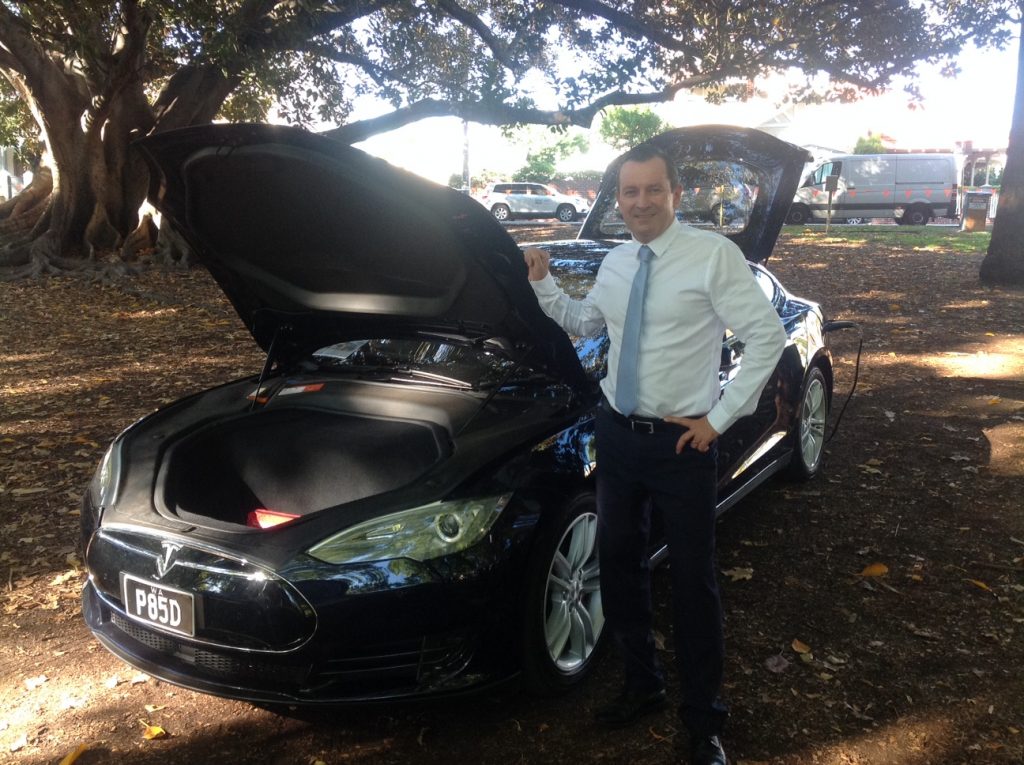
In summary the more EV drivers that get on board the better chance a we all have of getting a useful DC charging infrastructure in Western Australia, you may only do one thing but that email you send or hand you shake may be the one that gets it across the line.
Rob.
